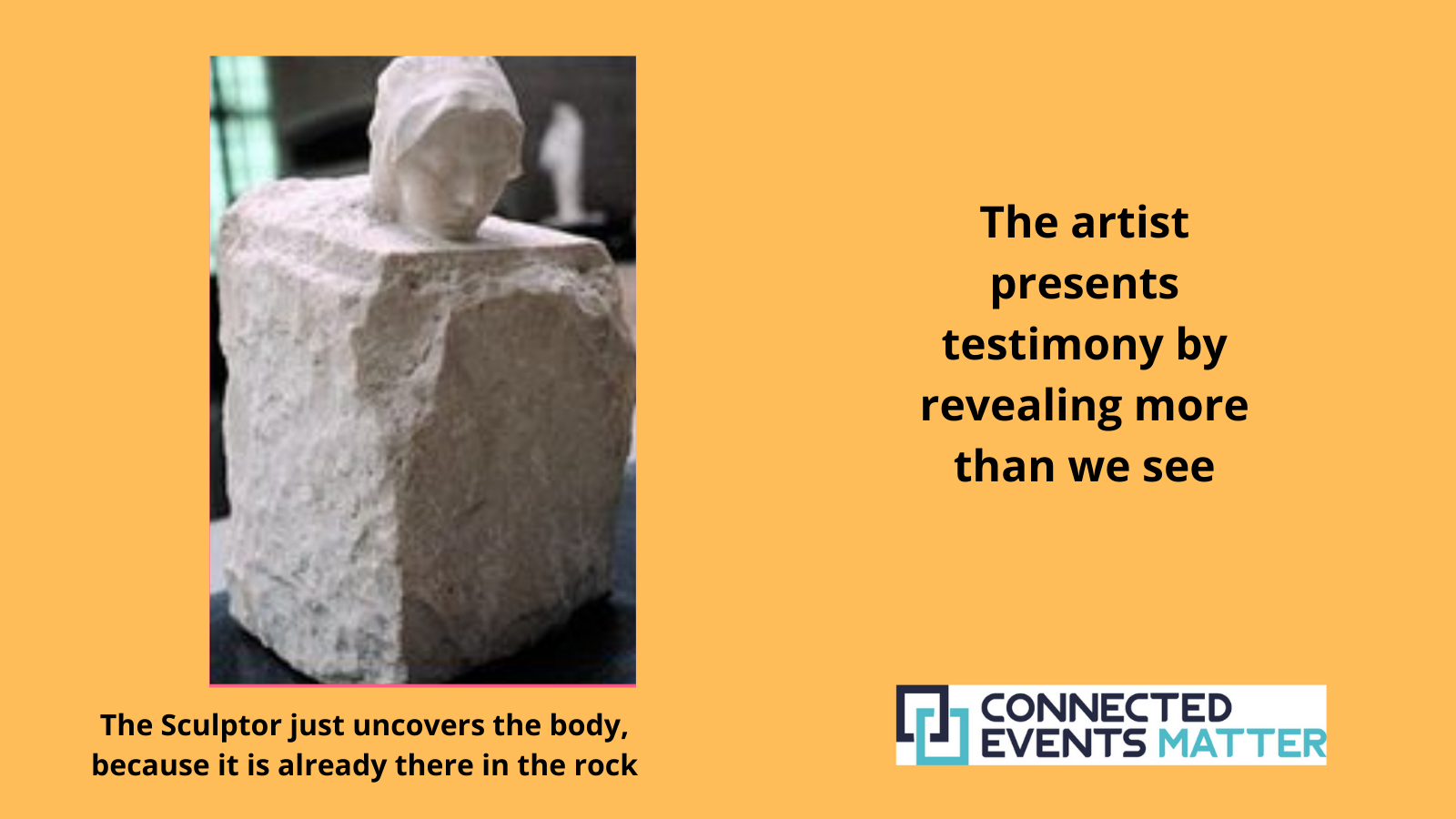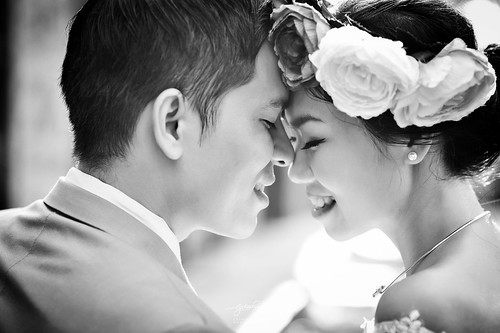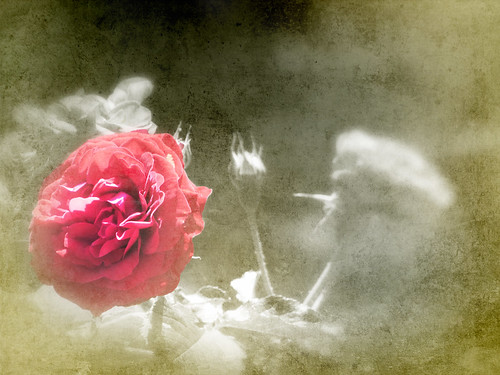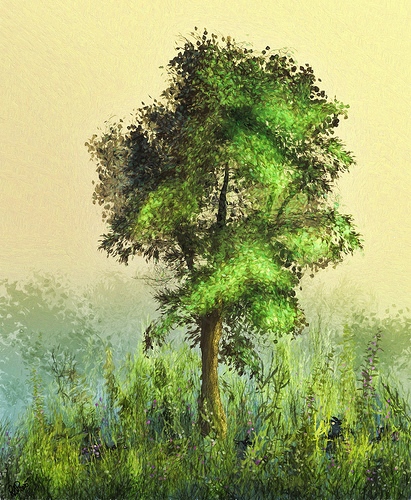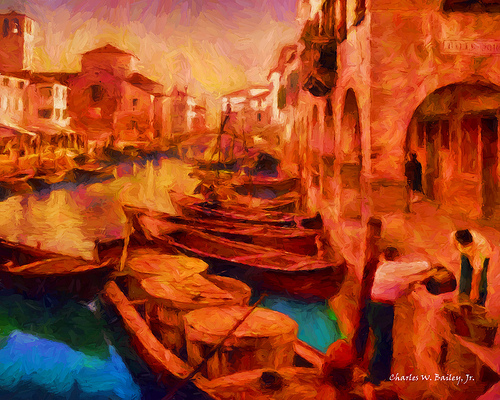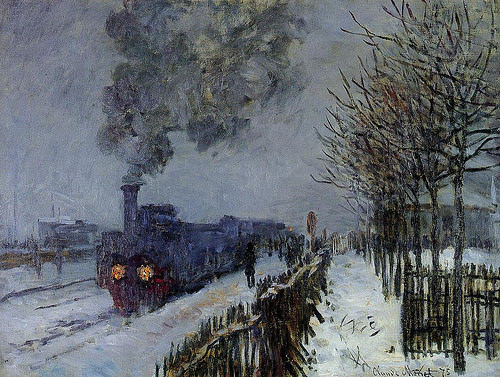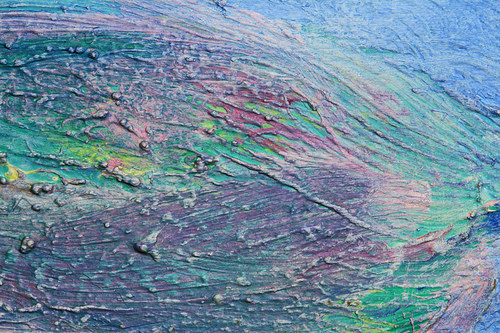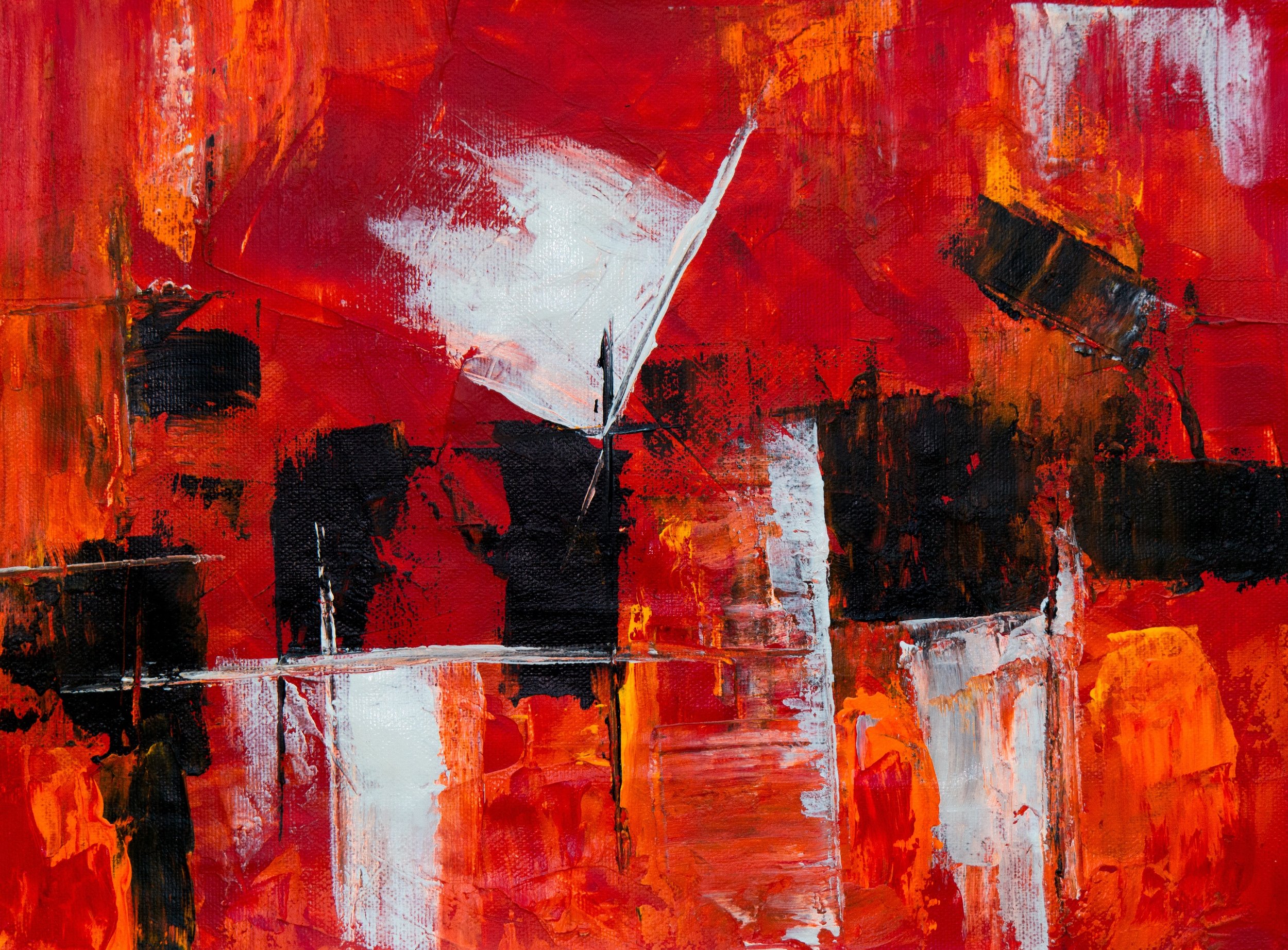Much has been said about art presenting a message transcending the content. What causes the items portrayed to have a message in addition to what is seen? Where did that message reside?
Perhaps a unique and previously inexperienced view of colors, shapes, and textures brings out memories or suggests them? Maybe it is the intensity of the color or the place of the object that we view that brings a previously unthought message to us?
Could a painting have a spirit of its own, and if so, is that spirit the poetry of the image that speaks to us?
Did the painting, or work of art, exist before it was found, and has it only been revealed? If images and art are displayed, then where and who is the original talent that the painter only uncovered.
Is art the artist’s testimony, or is the artist only the messenger?
Quotes to Ponder
“Painting is poetry that is seen rather than felt, and poetry is a painting that is felt rather than seen.” ― Leonardo da Vinci.
Color fills the space, layers showing light, darkness, movement, peace, and beauty. Purple represents dignity, grandeur, mystery, independence, and especially magic.
“Art washes away from the soul the dust of everyday life.” ― Pablo Picasso.
"He said it wasn’t our decision if “Art was art,” adding that, "We don't inform art, that art informs us.” - Leonardo da Vinci



